The artificial intelligence landscape has transformed dramatically, with AWS Bedrock emerging as a game-changing platform that democratizes access to powerful foundation models. As enterprises race to integrate generative AI into their operations, the complexity of implementation has become a significant barrier to adoption.
This comprehensive guide will take you from complete beginner to advanced practitioner, covering everything from basic setup to production-ready AI applications. Whether you’re a developer, AI engineer, or technical decision-maker, you’ll gain the practical knowledge needed to leverage AWS Bedrock’s full potential.
By the end of this tutorial, you’ll have hands-on experience with Knowledge Bases, understand RAG implementation, and be equipped to build scalable AI solutions that deliver real business value.
Why is AWS Bedrock Becoming the Ultimate Gateway to Enterprise AI?
AWS Bedrock represents Amazon’s vision of making advanced AI accessible to every organization, regardless of technical expertise or infrastructure capacity. As a fully managed service, it eliminates the complexity traditionally associated with deploying and scaling foundation models.
The platform provides access to cutting-edge models from industry leaders including Anthropic, Cohere, AI21 Labs, Stability AI, and Amazon’s own Titan models. This diverse ecosystem ensures you can select the optimal model for your specific use case, whether that’s natural language processing, image generation, or multimodal applications.
Core Capabilities That Set Bedrock Apart
✅ Serverless Architecture: No infrastructure management required
✅ Multiple Model Providers: Access to 15+ foundation models
✅ Built-in Security: Enterprise-grade compliance and data protection
✅ Scalable Deployment: Automatic scaling based on demand
| Feature | AWS Bedrock | Self-Hosted | OpenAI API |
| Infrastructure Management | ✅ Fully Managed | ❌ Manual Setup | ✅ Managed |
| Model Variety | ✅ 15+ Models | ❌ Limited | ❌ OpenAI Only |
| Data Privacy | ✅ Private VPC | ✅ Full Control | ❌ Shared Infrastructure |
| Enterprise Support | ✅ 24/7 AWS Support | ❌ Self-Support | ✅ Business Plans |
The true power of Bedrock lies in its Knowledge Bases feature, which enables sophisticated Retrieval Augmented Generation (RAG) implementations without complex vector database management.
Is AWS Bedrock Really Outperforming Industry Giants Like OpenAI and Google?
The generative AI platform landscape is crowded, but AWS Bedrock distinguishes itself through strategic advantages that matter for enterprise deployment. Understanding these differentiators is crucial for making informed technology decisions.
Market Position Analysis: While Bedrock currently holds 0.68% of the data science and machine learning market, its rapid growth trajectory and enterprise focus position it as a formidable competitor to established players like OpenAI and Google’s Vertex AI.
Check also: Comprehensive machine learning implementation guide
Comprehensive Comparison Matrix
| Aspect | AWS Bedrock | OpenAI | Google Vertex AI | Azure AI |
| Model Diversity | 15+ providers | OpenAI only | Google + partners | Microsoft + OpenAI |
| Pricing Model | Pay-per-use + reserved | Subscription tiers | Pay-per-use | Credit-based |
| Data Residency | Full control | Limited options | Regional options | Azure regions |
| Enterprise Features | Comprehensive | Growing | Strong | Integrated |
Expert Insight: “The key advantage of Bedrock isn’t just the technology—it’s the integration with the broader AWS ecosystem. For enterprises already invested in AWS, this creates a seamless AI adoption path.” – AWS Solutions Architect
Prerequisites and Account Setup: Getting Started Right
Before diving into Bedrock’s capabilities, proper setup ensures smooth implementation and optimal security posture. The initial configuration process, while straightforward, requires attention to detail for production readiness.
Essential Requirements Checklist:
- AWS account with administrative access
- IAM roles configured with appropriate permissions
- Regional availability verification
- Budget allocation and cost monitoring setup
Step-by-Step Account Configuration
Phase 1: AWS Account Preparation
- Create or access your AWS account
- Enable multi-factor authentication for root user
- Set up billing alerts and cost controls
- Verify regional service availability
Phase 2: IAM Security Setup
json
{
"Version": "2012-10-17",
"Statement": [
{
"Effect": "Allow",
"Action": [
"bedrock:*",
"s3:GetObject",
"s3:PutObject"
],
"Resource": "*"
}
]
}
The foundation model access request process typically takes 24-48 hours for approval. During this time, familiarize yourself with the Bedrock console interface and review available model documentation.
Which Foundation Model Should You Actually Pick for Maximum Performance?
AWS Bedrock’s model ecosystem spans multiple AI capabilities, each optimized for specific use cases and performance requirements. Understanding model characteristics ensures optimal selection for your applications.
The platform currently hosts models from eight major providers, with capabilities ranging from text generation to multimodal processing. Each model brings unique strengths, training methodologies, and cost structures that impact implementation decisions.
Model Provider Landscape
Text Generation Leaders:
- Anthropic Claude: Exceptional reasoning and safety features
- Amazon Titan: Cost-effective with strong multilingual support
- AI21 Labs Jurassic: Specialized in complex reasoning tasks
- Cohere Command: Optimized for enterprise conversational AI
Specialized Capabilities:
- Stability AI: Image generation and manipulation
- Meta Llama: Open-source alternative with strong community support
| Model Family | Context Length | Strengths | Best Use Cases |
| Claude 3.5 Sonnet | 200K tokens | Reasoning, Safety | Complex analysis, research |
| Titan Text Express | 8K tokens | Speed, Cost | Chatbots, summaries |
| Jurassic-2 Ultra | 8K tokens | Accuracy | Technical writing |
| Command R+ | 128K tokens | RAG optimization | Knowledge retrieval |
Performance Note: Context length directly impacts both capability and cost. Evaluate your use case requirements carefully to optimize the balance between functionality and budget.
Can You Really Build Enterprise-Grade RAG Systems Without Complex Infrastructure?
Knowledge Bases represent the cornerstone of modern AI applications, enabling your models to access and reason over your organization’s data. This section provides comprehensive coverage of implementation, from basic setup to advanced optimization techniques.
The Retrieval Augmented Generation (RAG) architecture addresses a fundamental limitation of foundation models: their knowledge cutoff dates and lack of access to proprietary information. By implementing Knowledge Bases, you transform static models into dynamic, contextually-aware AI systems.
Understanding the RAG Architecture
The Knowledge Bases workflow consists of four critical phases:
1. Data Ingestion and Processing
- Document parsing and chunking strategies
- Metadata extraction and enrichment
- Quality validation and filtering
2. Embedding Generation and Storage
- Vector representation creation
- Database indexing and optimization
- Retrieval performance tuning
3. Query Processing and Retrieval
- Semantic search execution
- Hybrid search implementation
- Result ranking and filtering
4. Response Generation and Citation
- Context augmentation
- Response synthesis
- Source attribution
Hands-On Implementation Walkthrough
Step 1: Create Your First Knowledge Base
Navigate to the AWS Bedrock console and select “Knowledge Bases” from the navigation menu. The creation wizard guides you through essential configuration options that will impact performance and costs.
python
import boto3
# Initialize Bedrock client
bedrock_client = boto3.client('bedrock-agent', region_name='us-east-1')
# Create knowledge base
response = bedrock_client.create_knowledge_base(
name='enterprise-knowledge-base',
description='Corporate documentation and policies',
roleArn='arn:aws:iam::account:role/BedrockKnowledgeBaseRole',
knowledgeBaseConfiguration={
'type': 'VECTOR',
'vectorKnowledgeBaseConfiguration': {
'embeddingModelArn': 'arn:aws:bedrock:us-east-1::foundation-model/amazon.titan-embed-text-v1'
}
}
)Step 2: Configure Data Sources
Knowledge Bases support multiple data source types, each with specific configuration requirements and capabilities. The choice of data source significantly impacts ingestion speed, maintenance overhead, and real-time synchronization capabilities.
| Data Source | Setup Complexity | Sync Options | Best For |
| Amazon S3 | Low | Manual/Scheduled | Static documents |
| Confluence | Medium | Real-time | Wiki content |
| SharePoint | Medium | Incremental | Corporate docs |
| Salesforce | High | Real-time | CRM data |
Step 3: Vector Database Selection
The vector database choice impacts query performance, scalability, and operational overhead. AWS provides several options, each with distinct characteristics:
- Amazon OpenSearch Serverless: Fully managed, auto-scaling
- Amazon Aurora PostgreSQL: Cost-effective, familiar SQL interface
- Pinecone: Specialized vector database with advanced features
- Redis Enterprise: High-performance, in-memory processing
Advanced Configuration Techniques
Chunking Strategy Optimization
Effective chunking balances context preservation with retrieval precision. The optimal chunk size depends on your content type, query patterns, and model context limitations.
python
python
# Configure semantic chunking
chunking_config = {
'chunkingStrategy': 'SEMANTIC',
'semanticChunkingConfiguration': {
'maxTokens': 300,
'bufferSize': 20,
'breakpointPercentileThreshold': 95
}
}
Metadata Enhancement
Rich metadata enables sophisticated filtering and improves retrieval relevance. Design your metadata schema to support anticipated query patterns and access control requirements.
json
{
"document_type": "policy",
"department": "human_resources",
"last_updated": "2024-01-15",
"access_level": "internal",
"language": "en"
}Advanced RAG Implementation: Hybrid Search and Performance Optimization
Modern RAG systems require sophisticated retrieval strategies that combine semantic understanding with keyword precision. Hybrid search represents the evolution of RAG, addressing limitations of pure semantic search through intelligent algorithm combination.
The hybrid approach leverages both dense vector embeddings for semantic similarity and sparse representations for keyword matching. This dual strategy significantly improves retrieval accuracy, particularly for domain-specific terminology and factual queries.
Implementing Hybrid Search Architecture
Configuration Setup:
python
# Enable hybrid search
search_config = {
'searchType': 'HYBRID',
'hybridSearchConfiguration': {
'vectorWeight': 0.7,
'keywordWeight': 0.3,
'rerankingModel': 'amazon.rerank-v1:0'
}
}Performance Optimization Strategies:
✅ Query Expansion: Automatically enhance queries with related terms
✅ Result Reranking: Improve relevance through secondary scoring
✅ Caching Layer: Reduce latency for frequently accessed content
✅ Batch Processing: Optimize throughput for high-volume applications
Retrieval Performance Metrics
| Metric | Target Range | Optimization Focus |
| Query Latency | <500ms | Indexing, caching |
| Retrieval Accuracy | >85% | Chunking, metadata |
| Context Relevance | >90% | Query processing |
| Cost per Query | <$0.01 | Model selection, batching |
Best Practice: Implement A/B testing for retrieval strategies. Small changes in search configuration can dramatically impact both relevance and cost efficiency.
The reranking process adds computational overhead but typically improves result quality by 15-25%. For production systems, consider implementing dynamic reranking based on query complexity and user intent classification.
Building Production-Ready Applications: Architecture and Scaling
Transitioning from prototype to production requires careful attention to architecture patterns, error handling, and scalability considerations. Production AI applications must handle variable load, maintain consistent performance, and provide reliable error recovery mechanisms.
Essential Production Architecture Components:
- Load Balancing: Distribute requests across multiple model instances
- Circuit Breakers: Prevent cascade failures during model unavailability
- Caching Layers: Reduce latency and costs for repeated queries
- Monitoring Systems: Track performance, costs, and user satisfaction
Scalability Design Patterns
Pattern 1: Asynchronous Processing
python
import asyncio
from concurrent.futures import ThreadPoolExecutor
async def process_batch_queries(queries):
with ThreadPoolExecutor(max_workers=10) as executor:
tasks = [
loop.run_in_executor(executor, query_knowledge_base, query)
for query in queries
]
return await asyncio.gather(*tasks)Pattern 2: Multi-Model Routing
Implement intelligent routing to optimize cost and performance by directing queries to the most appropriate model based on complexity, language, and response time requirements.
| Query Type | Recommended Model | Rationale |
| Simple FAQ | Titan Text Express | Cost optimization |
| Complex Analysis | Claude 3.5 Sonnet | Superior reasoning |
| Code Generation | Code Llama | Specialized capability |
| Multilingual | Command R+ | Language support |
Production applications benefit from implementing graceful degradation strategies that maintain service availability even when primary models become unavailable.
Are You Unknowingly Burning Money with These Common Cost Optimization Mistakes?
Understanding AWS Bedrock’s pricing model is crucial for sustainable AI application deployment. The platform offers multiple pricing tiers and optimization strategies that can significantly impact operational costs.
Pricing Model Overview:
- On-Demand: Pay per token processed
- Provisioned Throughput: Reserved capacity with discounted rates
- Model Customization: Additional charges for fine-tuning and training
Cost Control Strategies
1. Token Usage Optimization
python
# Implement token counting and optimization
def optimize_prompt(text, max_tokens=1000):
if count_tokens(text) > max_tokens:
return summarize_text(text, target_length=max_tokens * 0.8)
return text2. Model Selection Matrix
| Use Case | Primary Model | Fallback Model | Cost Savings |
| Customer Support | Titan Express | Claude Instant | 60% |
| Content Creation | Claude Sonnet | Jurassic-2 Mid | 40% |
| Code Review | Claude Sonnet | Code Llama | 30% |
| Translation | Command R+ | Titan Express | 50% |
3. Caching Implementation
Implement intelligent caching to avoid redundant API calls for similar queries. A well-designed cache can reduce costs by 30-50% while improving response times.
Cost Monitoring Alert: Set up CloudWatch alarms for unexpected usage spikes. A single runaway process can generate thousands of dollars in charges within hours.
Monthly Cost Estimation Framework:
- Base infrastructure: $50-200
- Model usage: $0.001-0.02 per 1K tokens
- Storage (Knowledge Bases): $0.10 per GB
- Data transfer: $0.09 per GB
Troubleshooting and Common Issues: Expert Solutions
Even well-designed AI applications encounter challenges during development and production deployment. Understanding common failure patterns and their solutions accelerates development and improves system reliability.
Most Frequent Issues and Solutions:
❌ Model Access Denied
→ Verify IAM permissions and model access requests
→ Check regional availability for specific models
❌ Knowledge Base Sync Failures
→ Validate data source permissions and network connectivity
→ Review document formats and size limitations
❌ High Latency Responses
→ Implement caching and optimize chunk sizes
→ Consider provisioned throughput for consistent performance
❌ Inconsistent Results
→ Standardize prompts and implement temperature controls
→ Add result validation and fallback mechanisms
Debug Toolkit and Monitoring
Essential Monitoring Metrics:
python
# CloudWatch metrics for monitoring
metrics_to_track = [
'ModelInvocation.Count',
'ModelInvocation.Latency',
'ModelInvocation.Errors',
'KnowledgeBase.QueryCount',
'KnowledgeBase.RetrievalLatency'
]Performance Debugging Checklist:
✅ Token usage patterns and optimization opportunities
✅ Cache hit rates and effectiveness
✅ Error rates and failure patterns
✅ Model selection accuracy for different query types
Production systems benefit from implementing comprehensive logging that captures query patterns, response quality metrics, and user satisfaction indicators for continuous optimization.
Will These Emerging AWS Bedrock Features Transform Your AI Strategy?
The generative AI field evolves rapidly, with AWS Bedrock positioned at the forefront of enterprise AI innovation. Understanding upcoming developments helps inform long-term technical decisions and investment strategies.
Emerging Capabilities on the Horizon:
- Multi-Agent Orchestration: Complex task automation across multiple AI agents
- Real-Time Model Fine-Tuning: Dynamic adaptation based on user feedback
- Enhanced Multimodal Support: Unified processing of text, images, audio, and video
- Federated Learning: Privacy-preserving model training across organizations
The integration of Agents for Amazon Bedrock represents a significant evolution toward autonomous AI systems capable of complex task execution and decision-making. This capability transforms Bedrock from a model hosting platform into a comprehensive AI automation framework.
Strategic Considerations for 2025:
- Increased focus on domain-specific models and specialized capabilities
- Enhanced compliance features for regulated industries
- Improved cost optimization through intelligent model routing
- Expanded regional availability and data residency options
Future Insight: The convergence of large language models with traditional enterprise systems will create unprecedented automation opportunities. Organizations that master this integration will gain significant competitive advantages.
Your Action Plan: From Learning to Implementation
Mastering AWS Bedrock requires hands-on experience and continuous learning. The platform’s rapid evolution means staying current with new features and best practices is essential for maintaining competitive advantage.
Recommended Learning Path:
Week 1-2: Complete basic setup and explore foundation models
Week 3-4: Implement your first Knowledge Base with sample data
Week 5-6: Build a production-ready RAG application
Week 7-8: Optimize for cost and performance
Essential Resources for Continued Growth:
- AWS Bedrock Documentation and API Reference
- Community forums and GitHub repositories
- Regular webinars and technical deep-dives
- Hands-on workshops and certification programs
The investment in learning AWS Bedrock pays dividends through improved development velocity, reduced infrastructure complexity, and access to cutting-edge AI capabilities that drive business innovation.
References and Additional Resources
- Amazon Web Services. (2024). “What is Amazon Bedrock?” AWS Documentation.
- Amazon Web Services. (2024). “Build Generative AI Applications with Foundation Models – Amazon Bedrock.”
- Amazon Web Services. (2024). “Foundation Models for RAG – Amazon Bedrock Knowledge Bases.”
- Amazon Web Services. (2024). “Getting started with Amazon Bedrock.” AWS Documentation.
- Khanuja, M., et al. (2024). “Amazon Bedrock Knowledge Bases now supports hybrid search.” AWS Machine Learning Blog.
- Amazon Web Services. (2024). “Retrieve data and generate AI responses with Amazon Bedrock Knowledge Bases.” AWS Documentation.
- Amazon Web Services. (2024). “Build Generative AI Applications with Foundation Models – Amazon Bedrock Pricing.”
- Li, Q., et al. (2024). “Build GraphRAG applications using Amazon Bedrock Knowledge Bases.” AWS Machine Learning Blog.
- 6sense. (2024). “Amazon Bedrock – Market Share, Competitor Insights in Data Science And Machine Learning.”
- DataCamp. (2025). “Amazon Bedrock: A Complete Guide to Building AI Applications.”




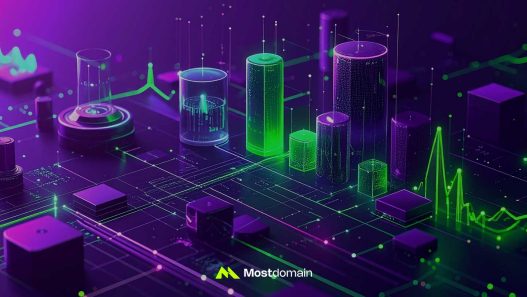

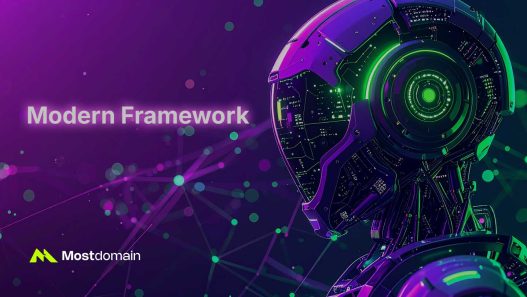

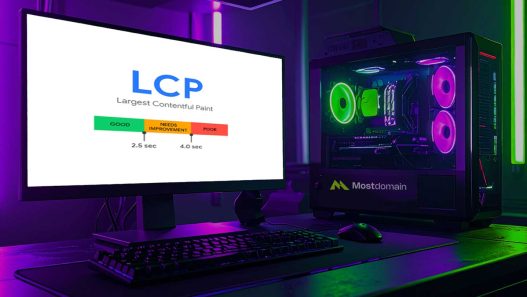
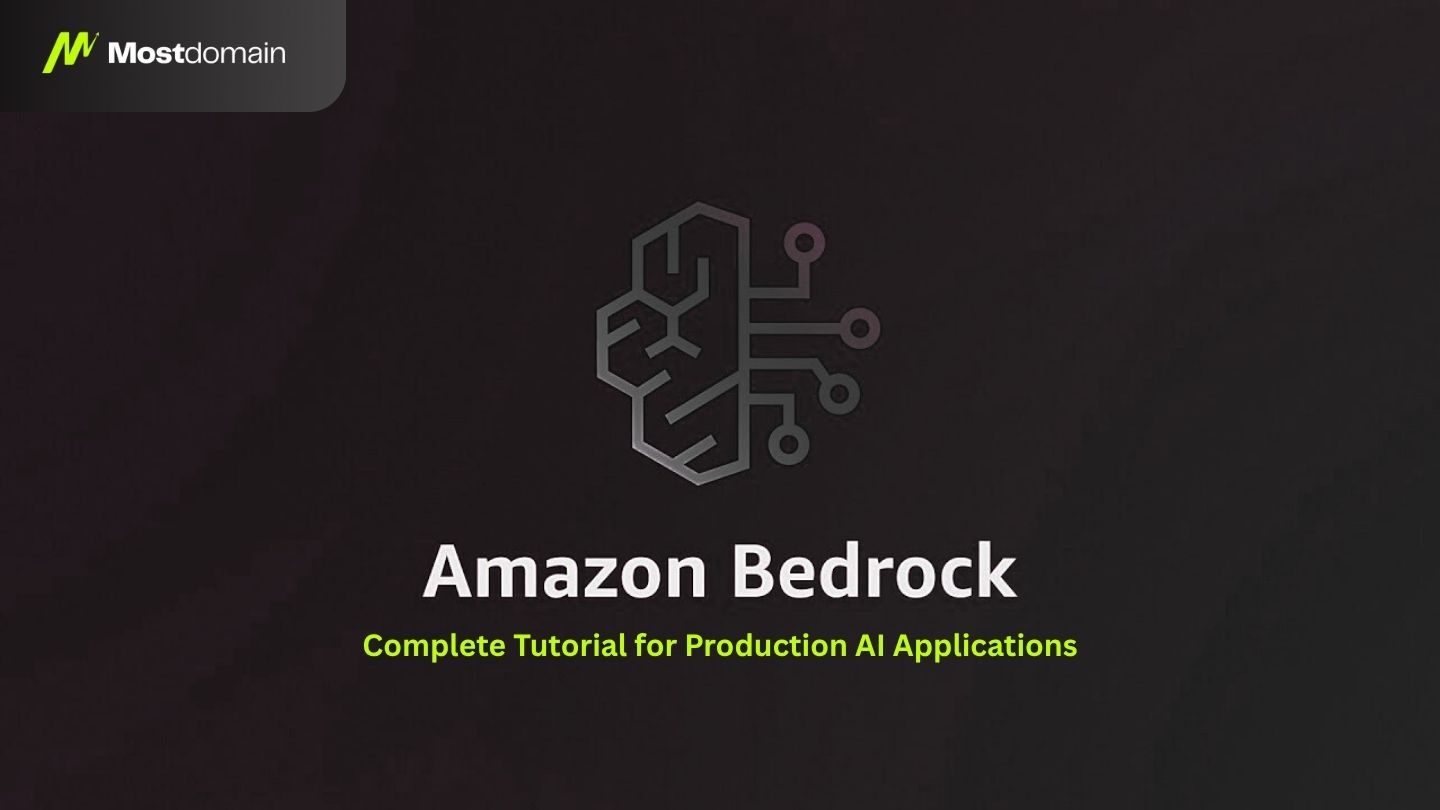




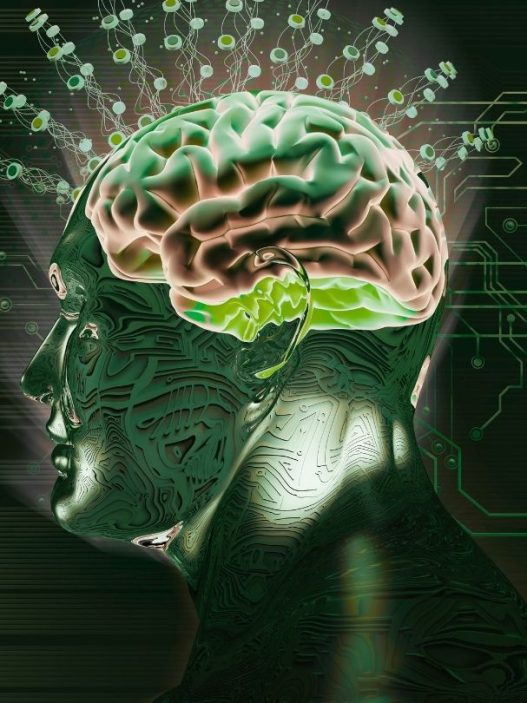
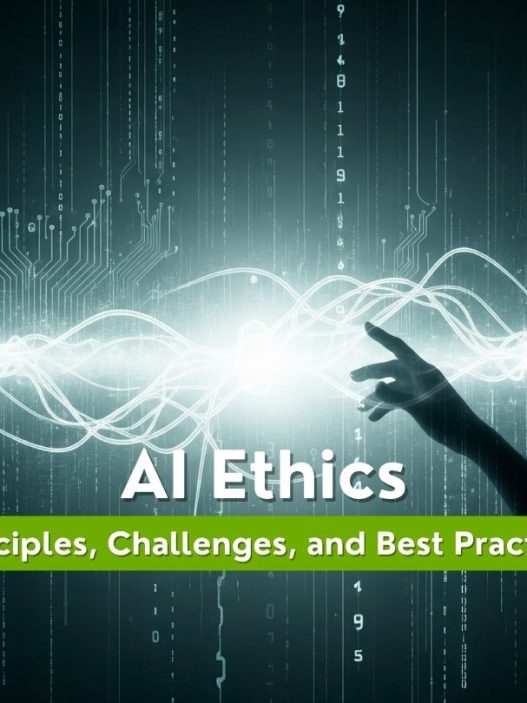

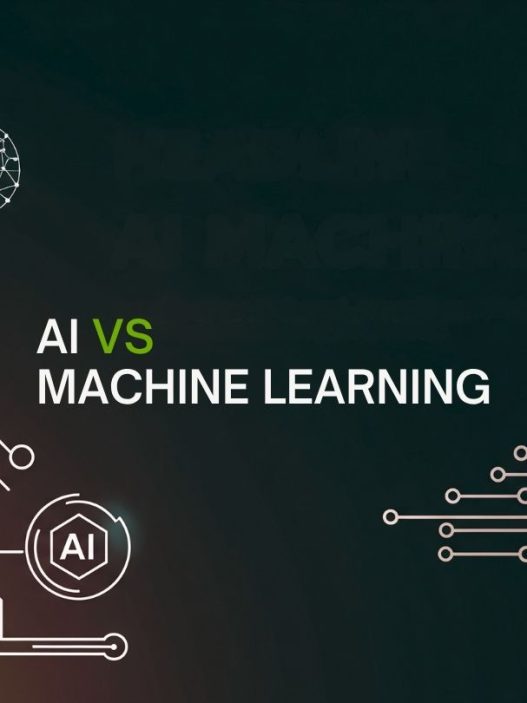
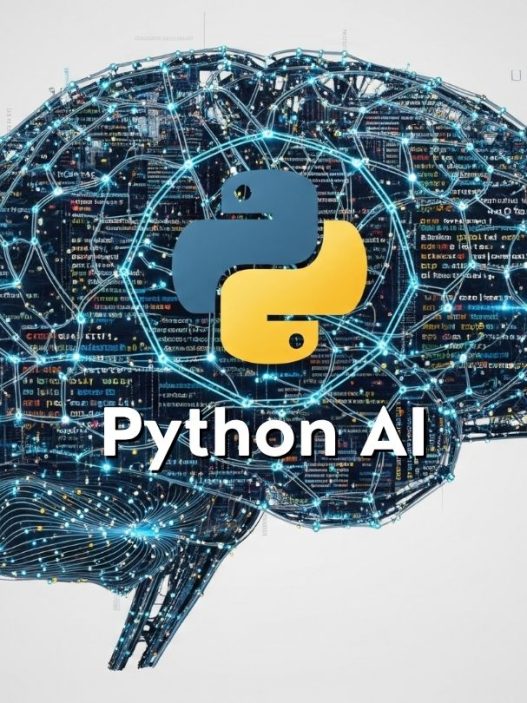
![AI Chatbot: Best Platforms, Implementation & Use Cases [2025]](https://mostdomain.net/wp-content/uploads/2025/08/AI-Chatbot-mostdomain.net_-527x703.jpg)
